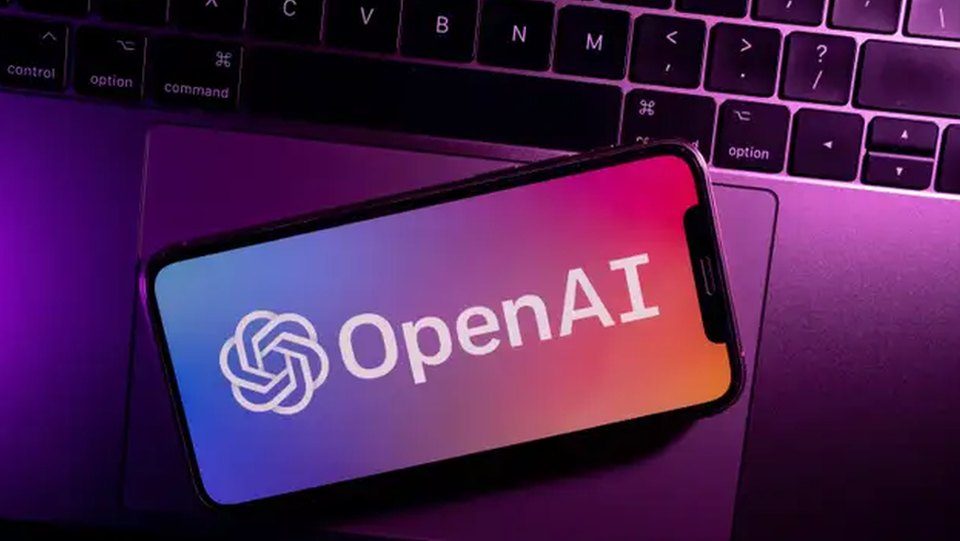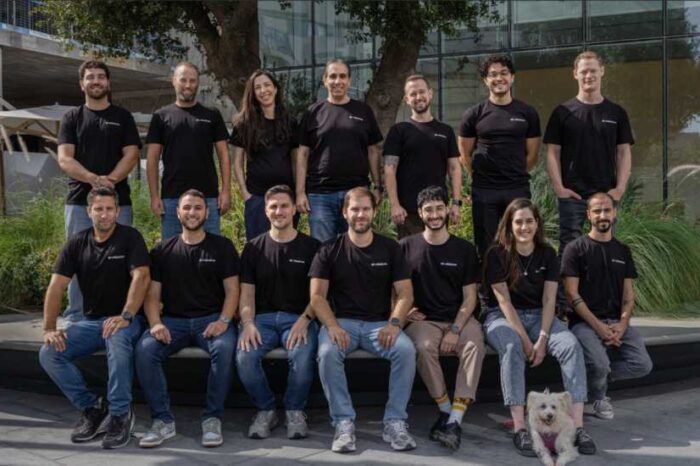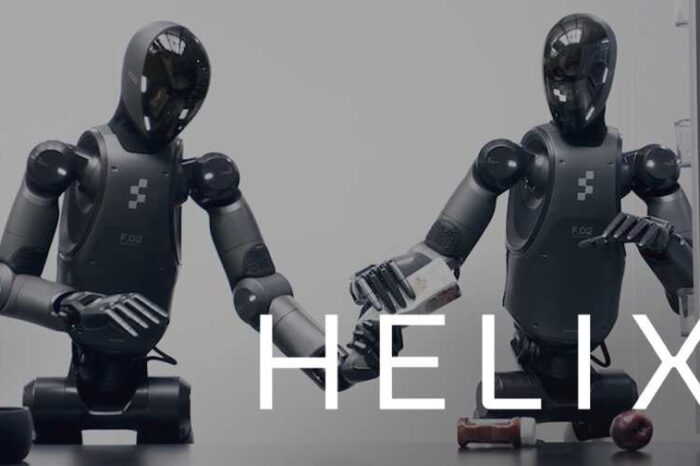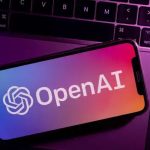OpenAI’s ChatGPT tops 400 million users despite rising competition from DeepSeek and Grok

Just hours after Grok 3 took the top spot from ChatGPT in the Apple App Store, OpenAI’s rapid growth suggests the world’s most popular AI company isn’t slowing down, even with competition heating up from China’s DeepSeek and Elon Musk’s xAI Grok.
In an interview with CNBC, OpenAI’s chief operating officer, Brad Lightcap, shared that OpenAI had reached 400 million weekly active users as of February. That’s a 33% jump from the 300 million reported in December—figures that had not been made public until now.
“People hear about it through word of mouth. They see the utility of it. They see their friends using it,” Lightcap told CNBC, adding that it takes time for individuals to find use cases that resonate. “There’s an overall effect of people really wanting these tools, and seeing that these tools are really valuable.”
What’s Driving OpenAI Growth?
OpenAI’s growth can be attributed to several factors. ChatGPT’s superior performance has made it a preferred tool for everything from content creation to programming assistance. The model consistently outperforms competitors in various benchmarks, reinforcing its reputation as one of the most advanced AI systems available.
User adoption has also been fueled by word of mouth and increasing integration into daily workflows. Since its launch on November 30, 2022, ChatGPT has seen exponential growth, reaching one million users in just five days and continuing to expand rapidly.
Additionally, OpenAI’s ongoing model enhancements, such as GPT-4 Turbo and GPT-4o, provide more efficiency and accuracy. Partnerships, including deep collaborations with Microsoft, have also helped expand OpenAI’s reach and capabilities.
However, this rapid expansion has not come without challenges. The increased demand may be putting a strain on OpenAI’s infrastructure, leading to occasional outages. To keep up, the company is investing billions in scaling its AI infrastructure to maintain reliability and performance. It is also part of Project Stargate, a $500 billion joint venture with SoftBank and Oracle to build the largest AI infrastructure in the U.S.
The surge in OpenAI’s user base may be contributing to the frequent outages in recent months. With millions of new users, the infrastructure is under growing pressure—a common challenge for rapidly expanding platforms. To keep pace with demand, OpenAI may need to scale its AI infrastructure further and enhance system resilience.
AI Enterprise Adoption on the Rise
Beyond individual users, OpenAI is also making inroads with businesses. The company now has 2 million paying enterprise customers—double the number from September. Lightcap noted that employees often start using ChatGPT personally and then push for company-wide adoption.
Enterprise adoption has played a significant role in the popularity of OpenAI. Companies are integrating OpenAI’s models into their operations, leveraging AI for customer support, data analysis, and automation. Businesses like Uber, Morgan Stanley, and T-Mobile have embraced OpenAI’s technology, further boosting adoption.
“We get a lot of benefits from organic consumer adoption,” he said. “There’s steady growth, on a different curve.”
The developer ecosystem is expanding, too. Over the past six months, developer traffic has doubled, with usage of OpenAI’s o3 reasoning model growing fivefold. Companies like Uber, Morgan Stanley, Moderna, and T-Mobile are already integrating OpenAI’s models into their operations.
Lightcap compared this to cloud services, which took time to establish but ultimately became a backbone for businesses. AI, he said, is following the same trajectory.
“There’s a buying cycle and a learning process that goes into scaling an enterprise business,” Lightcap said. “AI is going to be like cloud services—something businesses can’t afford to operate without.”
The DeepSeek Effect
OpenAI’s growth comes as new competitors emerge, particularly DeepSeek. The Chinese startup rattled tech markets in January when it outperformed Meta’s Llama 3.1, OpenAI’s GPT-4o, and Alibaba’s Qwen 2.5 on third-party benchmarks—all while keeping costs significantly lower.
The response was swift. Nvidia lost 17% in a single day, erasing nearly $600 billion in market value as investors worried about U.S. AI companies losing their edge.
In the aftermath, OpenAI accused DeepSeek of model distillation—essentially training its AI by leveraging OpenAI’s outputs without permission. Despite this, Lightcap said OpenAI isn’t shifting its approach to open-source AI or its broader business strategy.
“DeepSeek is a testament to how much AI is like entered the public consciousness in the mainstream — it would have been unfathomable two years ago,” he said. “It’s a moment that shows how powerful these models are and how much people really care.”
Legal Battles and High-Stakes Deals
As OpenAI expands, tensions are mounting. Elon Musk, a co-founder of OpenAI, has filed a lawsuit against the company, arguing that it has strayed from its original nonprofit mission. Meanwhile, Microsoft has pumped billions into OpenAI, and SoftBank is reportedly closing in on a $40 billion investment that could push OpenAI’s valuation close to $300 billion.
Musk and a group of investors recently offered $97.4 billion to acquire OpenAI’s nonprofit assets. In response, OpenAI’s board rejected the offer, calling it “not a bid at all.” Chairman Bret Taylor reinforced the stance: “The company is not for sale.”
Lightcap dismissed Musk’s legal action as competitive posturing.
“The numbers tell the story,” he said. “(Musk) is a competitor. He’s competing. It’s an unorthodox way of competing.”
OpenAI Fights Back with Deep Research
Despite the legal distractions, OpenAI is pushing ahead. The company recently launched Deep Research, an AI agent designed to conduct complex research tasks autonomously. Built on the o3 reasoning model, it can process and synthesize information from various online sources, including text, images, and PDFs, generating detailed reports in minutes.
Targeted at professionals in finance, science, and engineering, Deep Research is currently available to ChatGPT Pro users in the U.S., with plans to expand access soon.
What’s Next for OpenAI?
Last week, OpenAI laid out its roadmap for the next wave of AI models. GPT-4.5, internally called Orion, is expected to be the final iteration before a major shift in how these models process information. GPT-5 is on track to introduce a more integrated AI system, making interactions even more seamless.
Users will see tiered access:
- Plus subscribers will get GPT-5 at a higher intelligence level.
- Pro subscribers will have access to an even more advanced version with added features like voice, a canvas interface, integrated search, and deep research tools.
OpenAI’s Next Move
The goal is clear: make AI easier to use and more effective. Instead of forcing users to choose between different models, OpenAI wants a system that simply delivers the best possible response.
Sam Altman’s latest update signals a shift in focus—not just on making smarter models, but on creating AI that integrates seamlessly into everyday life. If OpenAI executes on that vision, it could cement its position at the top, regardless of how much competition enters the space.




